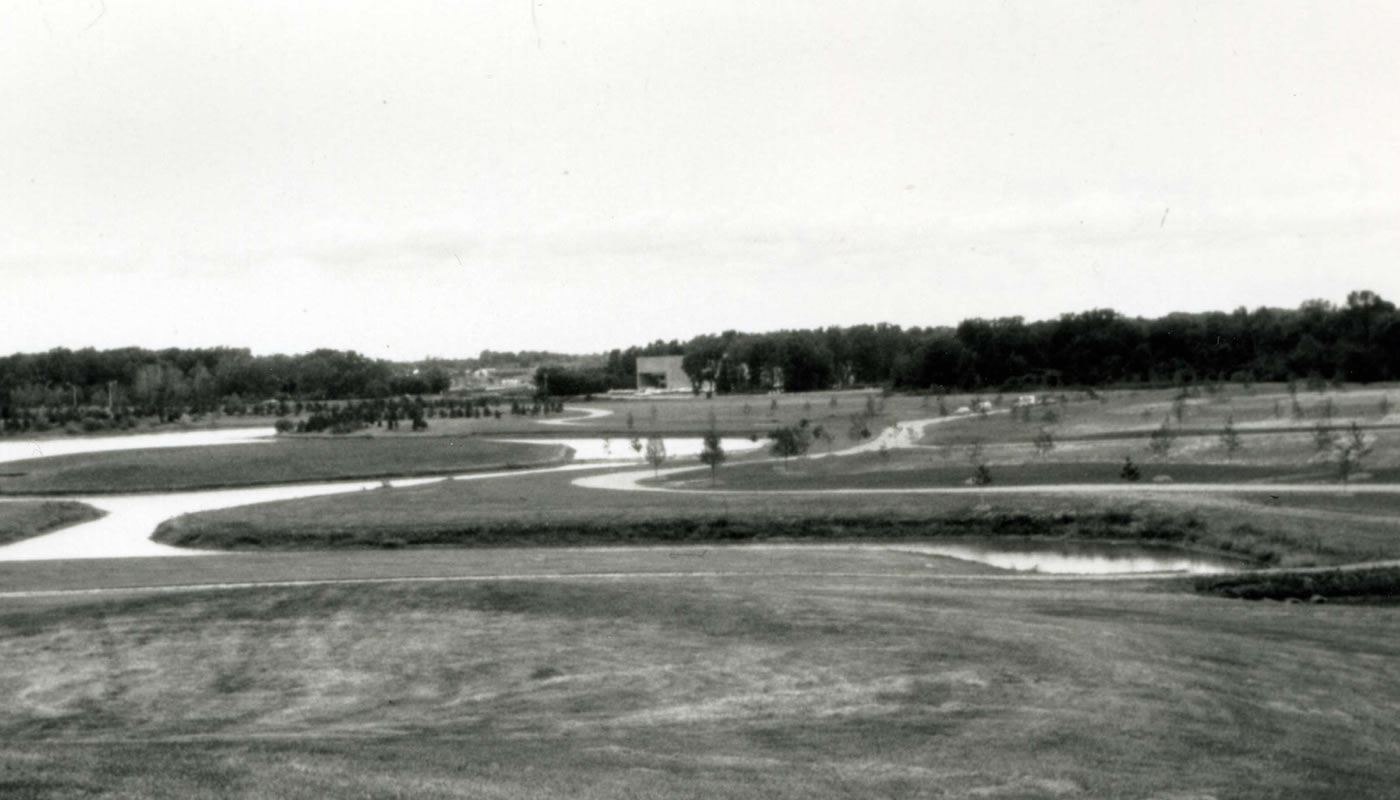Back in 1965, the Forest Preserve District of Cook County signed over 300 wet acres of lowland marsh at the north end of the Skokie Lagoons to the Chicago Horticultural Society. Soon, a herd of backhoes and dump trucks would shape the land into the lagoons and nine islands that are now one of the country’s most-visited public gardens.
“Few of the 950,000 people who visit the Chicago Botanic Garden in Glencoe each year likely realize that they’re enjoying part of the Forest Preserve District of Cook County,” said District President Toni Preckwinkle. “Not only is the Garden built on Forest Preserve District land, but the District also provides about $9 million each year for the Garden in support of its world-class operations and programs.”
Since it opened to the public in 1972, the Chicago Botanic Garden has become a premier destination and resource, with 25 display gardens, 2.5 million plants, 4 native habitats and a smorgasbord of educational opportunities. More than 23,000 students participated in school field trips and classes in 2011, while the Joseph Regenstein, Jr. School offered over 1,500 classes serving 116,000 people.
The Plant Conservation and Science department conducts important research in rare plant conservation in a state-of-the-art new LEED certified building, the Daniel F. and Ada L. Rice Plant Conservation Science Center. One of these programs, Plants of Concern, coordinates volunteers across the Chicago region in monitoring threatened and endangered plants hanging on in remote forest preserve outposts. In 2006, the Garden led the regional effort to contribute our native prairie seeds to the Millennium Seedbank Project at Kew Gardens. The project aims to preserve the seed for hundreds of years, for use in future restoration projects and research and to bring back plants that, despite preservation efforts, could become extinct.
In 2005, the Garden partnered with Northwestern University to offer the nation’s first master’s degree in plant biology and conservation. The inaugural class entered in 2005, and the collaboration led to the creation of a doctoral program in 2009.
“The Garden is a unique public-private partnership between the 122-year-old Chicago Horticultural Society and the Forest Preserve District of Cook County,” said Sophia Siskel, President and CEO of the Chicago Botanic Garden. “Together we work tirelessly to shape programs and policies designed to protect our planet’s fragile ecosystems.”
For many people, the Chicago Botanic Garden is simply a beautiful place to be. Stroll through the Japanese Garden with its purity and order, hear the carillon bell on Evening Island, then gaze across the water at the Dixon Prairie, its unkempt hillside of wildflowers at the height of summer bloom. One can’t help but feel a little more at peace.

